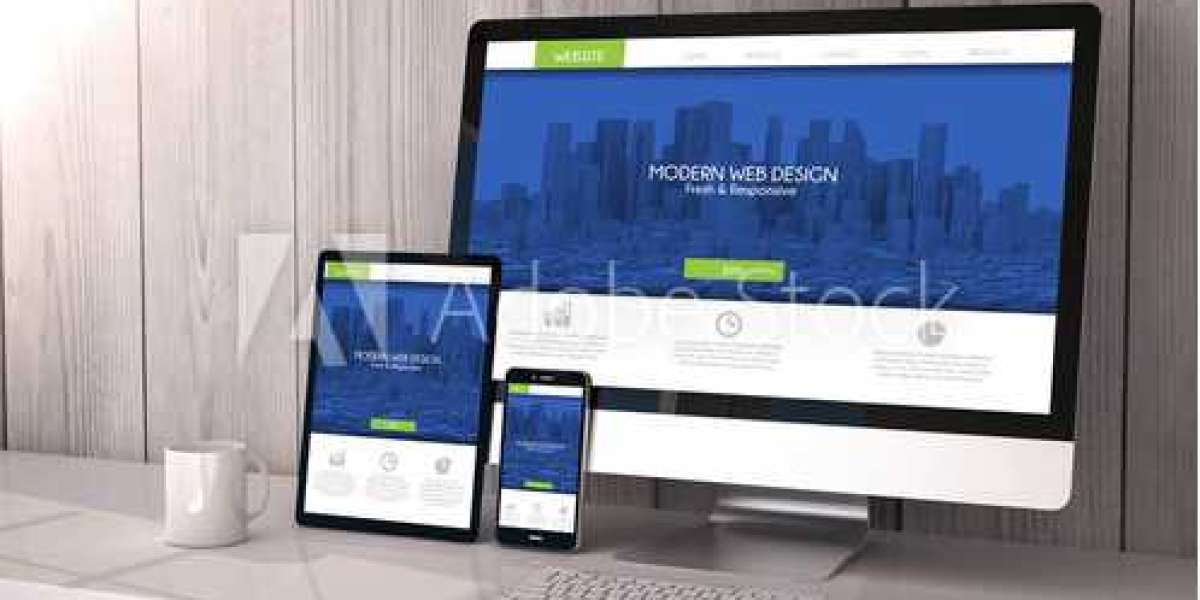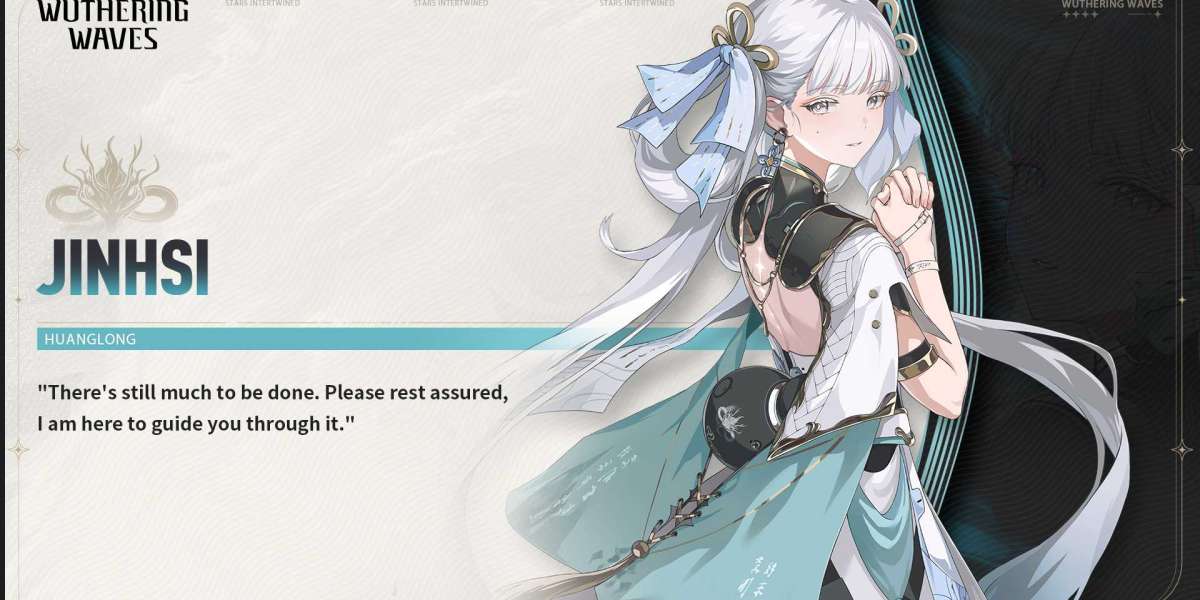While every skilled website designer inherently follows their own slightly unique creative process and workflows based on preferences, most adhere to the same core design and development phases and milestones.
While every skilled website designer inherently follows their own slightly unique creative process and workflows based on preferences, most adhere to the same core design and development phases and milestones. Gaining a solid understanding of this overall streamlined path can help set clear expectations for clients on what to potentially expect when collaborating with website designers on a new project.
Discovery Phase: Research and Strategy Insights
An experienced website designer typically begins any new engagement by taking ample time to thoroughly discuss and understand the client’s overarching business objectives, target audience insights, website content strategy, technical requirements and constraints, and any challenges that need to be addressed. Developing this strategic understanding grounds all subsequent decisions in ideal user experience optimization and business goal alignment.
Information Architecture: Site Structure and Organization
Next, leveraging learnings from discovery, the website designer thoughtfully maps out the full website structure and content organization plan based on defined user journeys and stakeholder needs. A comprehensive site map and page wireframes are typically produced during this phase to provide an organizational schema for systemically grouping related information in an intuitive manner for easy findability by visitors.
Design Concepts and Iterative Refinement
With solid information architecture and content mapping in place, the website designer shifts focus to ideating the visual creative direction. Several aesthetic design concepts are presented, aligned to established brand style guidelines and website content. Through several iterative rounds of feedback and refinement, the overall visual direction gets honed to align with stakeholder reactions and conversion goals.
Copywriting and Content Creation
At this point, while clients finalize sourcing any visual assets like photography, graphics, illustrations, and videos, the website designer focuses intently on optimizing and producing all of the textual content for the agreed-upon site sections and pages. Excellent copywriting entices visitors to engage deeper with content and moves them towards conversions.
Development and Technical Integration
Now the website designer shifts to the actual building of the website using the agreed-upon technology stack and content management system. All designed templates get integrated with needed databases, forms, applications, and other functionalities. Images, videos, animations, and graphics are added in. Everything comes together into a pre-launch functional website.
Testing and Quality Assurance
Before site launch, the
Singapore web designer thoroughly tests all elements across multiple browsers, devices, and screen sizes, validates links that are not broken, fixes any bugs or issues unearthed, implements final performance optimizations, and actions any final round feedback. Rigorous quality assurance activity ensures technical integrity.
Training and Official Launch
As the very last step, the website designer conducts full training on how to efficiently update and manage site content within the chosen CMS platform. After final client approval, the polished and optimized website is then officially launched and technical performance is monitored.
Post-Launch Support and Maintenance
For most engagements, the website designer relationship continues post-launch with the provision of ongoing support to apply critical website updates, make necessary changes, fix newly discovered bugs, and refine site performance over time as needed - all under pre-agreed scopes of work. Optimization often continues after launch.
Optional Ongoing Collaboration
Under more extended partnership models, the website designer may continue collaborating with clients long-term to continually ideate, enhance, and actively improve upon the website as business needs and industry trends evolve. The site adapts and takes shape with the growing business.
While specific creative approaches used may widely vary between website designers, maintaining a phased, milestone-driven process ensures they deeply engage to craft tailored digital solutions before executing strategically. For clients, understanding the typical sequence of events helps facilitate seamless collaboration.
Nghệ Thuật Tưới Nước Cho Mai Vàng: Bí Quyết Dưỡng Cây Để Tạo Nên Vườn Mai Bền Vững
By hennesy Canadian pharmaceuticals online shipping
By Kelly Miller
Canadian pharmaceuticals online shipping
By Kelly Miller Желаете купить по отличной цене аттестат, либо диплом?
By sonnick84
Желаете купить по отличной цене аттестат, либо диплом?
By sonnick84 The Thrill of the Aviator Game: A Sky-High Adventure
By anammdd
The Thrill of the Aviator Game: A Sky-High Adventure
By anammdd Свидетельство о браке.
Свидетельство о браке.


